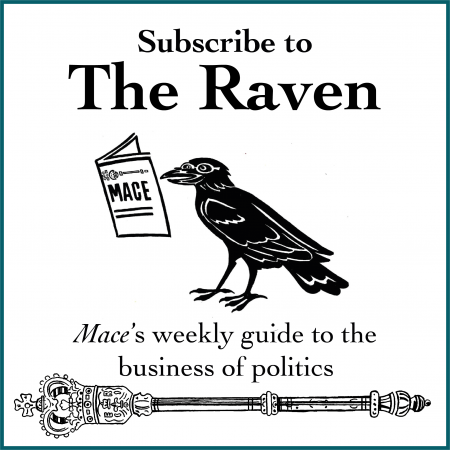The EMU with the euro at its centrepiece has proven resilient crisis after crisis. Prior to the coronavirus pandemic, eurozone citizens increasingly believed that an economic union and the euro itself are both good for the EU as a whole and beneficial to their home countries. Still, improvements were needed even back then. Now, the ongoing pandemic and its economic fallout will present additional challenges as Europe moves into recovery and then post-recovery phases.
To ensure a robust and future-proof economic recovery, the EMU now needs improvements similar to those made during the 2009-2012 debt crisis. Such developments enabled the European Central Bank (ECB) to react more quickly in delivering its pandemic emergency purchase programme. Nevertheless, a new EMU requires multiple reforms that will include new fiscal rules on debt and stabilisation, and convergence between EU economies and EMU structures in pursuit of greater social cohesion and resilience for our common constant currency.
Severing the feedback loop between banks and states
A particular issue highlighted during the eurocrisis that is still relevant today is the incomplete European Banking Union, which precariously rests on the twin pillars of its Single Supervisory Mechanism and the Single Resolution Mechanism.
The feedback loop between states and banks, where banks suffer heavy losses, lean on and compromise the state, and vice versa, could be cut by completing the union with a final pillar: a European Deposit Insurance Scheme (EDIS). The reason for this lacking third pillar of deposit insurance is related to a risk-sharing vs. risk-reduction debate that greatly divides the EU – mostly along its north–south axis.
In order for the EDIS to complete the EMU, leaders must agree on what this multinational deposit insurance system will look like. What it can achieve is the increased credibility of national deposits, closing the feedback loop between banks and states because both would receive a boost of security against reduced creditworthiness. Yet the disagreement among the leadership only heightens the urgency for increased European integration across key areas.
EU’s Hamiltonian moment? Not quite yet…
As EU citizens increasingly embrace their dual identities, public attitudes seem to be leaning towards support for intergovernmentalism or Milwardian integration – and probably not as far as federalism or a Hamiltonian moment. Rather than chasing self-reliance, many citizens prefer joint EU action with the goal of strengthening nation-states collectively and pooling sovereignty.
Despite most EU citizens believing the bloc failed to live up to its responsibilities during the pandemic, the same recent survey showed a desire for more integration and improved cooperation among member states. This provides hope that the EU, albeit imperfectly, will continue to address the issues most relevant to citizens through its various institutions – including the EMU.
Reform! Reform!
Policymakers cannot simply resume ‘business as usual’ in the post-pandemic era; rather, they must advocate for gradual changes to strengthen and improve the EMU. Ignoring the need for measured reform would be disastrous. Aiming too high, for a more federalist EMU, lacks public support. Reverting to old practices that have proven useless in light of Covid would eventually spell out the EMU’s demise. There is no alternative to building up a new EMU in the immediate future; we should unite our efforts in working towards prosperity, resilience and liberalism for Europe in 2030.


